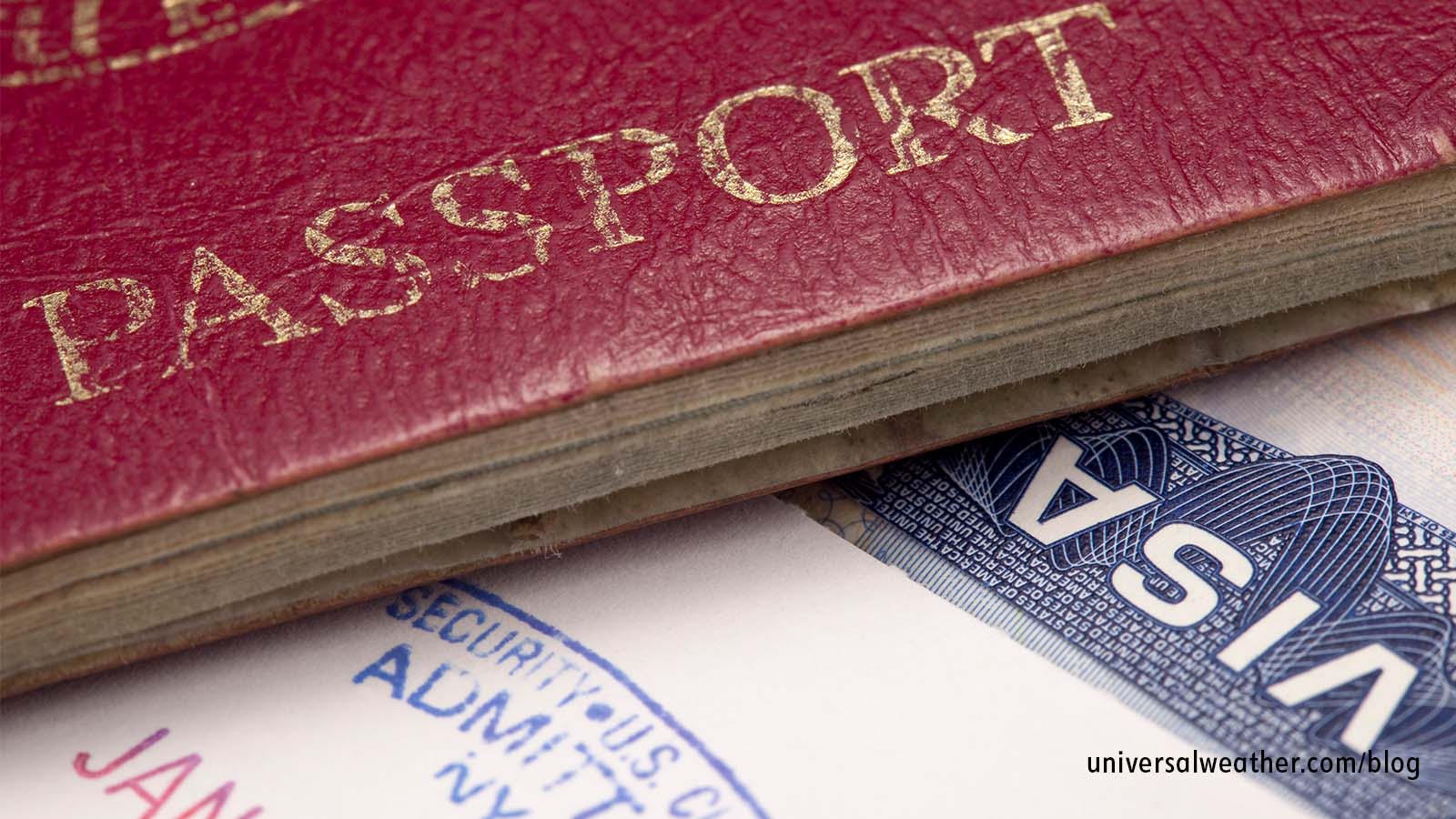6 Things Business Aviation Operators Must Do Before Traveling Internationally

This aviation blog post is part of a series on general best practice for operating a business jet internationally.
International corporate travel has benefited from a new generation of modern, reliable and long-range business aircraft and a growing worldwide network of efficient ground handlers. However, the operating environment remains complex, and effective planning for these international trips is more important than ever. We recommend using a 3rd-party provider to avoid issues in both the planning and active phases of an international mission. Problems can arise, which makes it important that viable solutions be identified and implemented as quickly as possible.
1. Confirm you have all necessary and valid crew and aircraft documentation
Always check with applicable agencies about what documents are required for the appropriate country and carry extra copies of registration, airworthiness certificates, general declarations (gen decs), insurance, pilot licenses and crew medical certificates. Insurance requirements may be specific to your destination – and additional to standard worldwide coverage – as in the case of Mexico and the European Union. Some countries, including Mexico and Brazil, require documentation to be forwarded in advance. Be aware of differing requirements for charter (non-scheduled commercial) and private non-revenue operations. Not having correct documents could delay or completely prevent your trip from taking place. Having the correct crew documentation is crucial when operating internationally. For example, if a crew member is rampchecked and found to be with the wrong documentation, the aircraft may be grounded until a replacement pilot is found.
2. Have valid passports, correct visas and up-to-date immunizations
Incorrect visas and a lack of required vaccinations continue to cause problems when operating internationally. It’s always best for passports to be valid six months after the date of entry into your destination country. Also, double-check all required visas for validity and proper type. Visas on arrival are an option at some locations, but this can require hours on the ground to process, and these single-entry visas may only be valid for a few days. Obtaining visas in advance improves operating flexibility. Be sure all crew and passengers have correct visas prior to arrival. If crew and/or passengers have the wrong type of visa, or no visa at all, they may be subject to fines, deportation and – in some cases – jail time. Take time to double-check visa and vaccination requirements and all paperwork pre-departure.
3. Reconfirm all required permits and services
Prior to takeoff, ensure you have all required overflight and landing permits and carry hard-copy confirmations onboard the aircraft. Entering a Flight Information Region (FIR) or attempting to land without correct permits may cause you to be turned around or delayed until a permit is approved. If you have made multiple changes to your flight plans and permits, it is possible that local civil aviation authorities may not have the latest information. For this reason, having as firm a schedule as possible will help avoid issues in regions requiring permits and slots. Short-notice changes may negatively affect a flight. Confirm that customs and advance passenger information system requirements are taken care of before departing from or entering into the U.S. Carry written confirmations, as well.
Also, be aware of cabotage rules and restrictions. For example, in Mexico, a charter (non-scheduled commercial) operator may only make one stop (with the exception of a technical stop) in the country. And within the European Union, a private non-revenue operator not registered in the EU may not be able to transport local nationals without importation of the aircraft.
Furthermore, be aware of the regulatory characteristics for any region you travel to. For example, if overflying Colombia, you’ll be required to provide the aircraft’s emergency locator transmitter code, and, if landing, the serial numbers of your engines.
4. Know geopolitical issues and plan for security
Depending on your destination, obtaining a security briefing, along with updates, can mitigate risks on the ground. We consider it best practice to get a security briefing for any location with which you are unfamiliar or to where you haven’t traveled in months. Be proactive. If you do not check in advance, you may find yourself in an uncomfortable position at a destination. For example, many crews operating to London during the 2011 riots chose hotels near the airport and had arrangements in place to leave early.
5. Consider contingency plans
Always have a Plan “B” ready, as you may not be able to land at your destination due to weather, permit issues or mechanical diversions. Things can be more complex in certain regions such as Asia, where you’ll need landing permits almost everywhere you go. Try to choose alternates with efficient ground handling, adequate jet fuel availability, commercial airline access for repositioned crews and, ideally, without a landing permit or visa challenges. We know of a case of an operator that took off from the U.S. for France before the charter permit came through. As the permit wasn’t approved in time, the operator opted to land in Belgium, where no permit was required, sent passengers onward by train and repositioned to France empty when the permit eventually came through. That was great planning. Many operators usually have a Plan “B” (and sometimes a Plan “C”) in place for international operations.
6. Confirm auxiliary services
We recommend all auxiliary arrangements be made via credit through a 3rd-party provider. For security reasons, having large amounts of cash on board is not recommended. Having all services – such as jet fuel and in-flight catering – set up and confirmed beforehand saves crews time and avoids delays on arrival. We also recommend that hotels and local ground transportation be confirmed before departure, especially when early check-in or late checkout is involved.
Questions?
If you have any questions about this article, contact me at rickmann@univ-wea.com.
Later, we’ll discuss the do’s and don’ts of conducting international flight operations.




